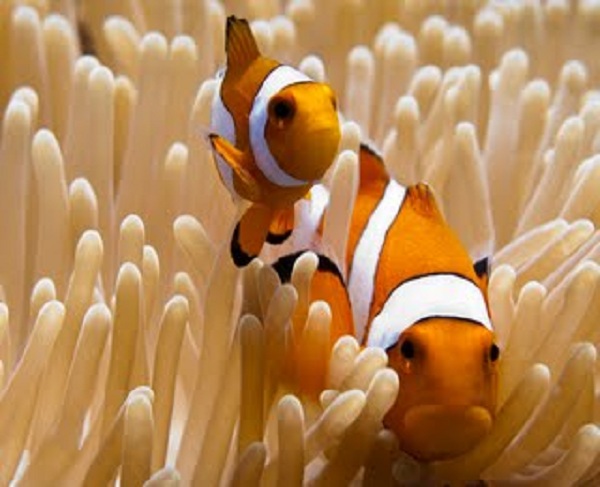Conservation: A Popularity Contest?

This Research in Action article was provided to LiveScience in partnership with the National Science Foundation.
The clown anemonefish (Amphiprion ocellaris), shown here sheltering in a magnificent sea anemone (Heteractis magnifica), became one of the most recognizable and charismatic marine species after starring in the movie "Finding Nemo" (Walt Disney Pictures, 2003). Charisma can help the cause of conservation, as well-known species tend to garner greater conservation awareness, funding and legal protection.
However, a study published in the January 2012 issue of Conservation Lettersshows that even for charismatic species, taxonomic biases can affect conservation knowledge and legal protection. Among species featured in Finding Nemo,16 percent are at risk of extinction. People show significantly less conservation knowledge of small species like the anemonefish. Likewise, species with high economic value, like sharks, have deficiencies in legal protection relative to their conservation need.
This photo was taken by Natascia Tamburello in October 2010 at a depth of about 35 feet. The dive site, Halik, is located off of the island of Gili Trawangan in Indonesia — one of the few remaining relatively pristine reef ecosystems in the world.
Editor's Note: Any opinions, findings, and conclusions or recommendations expressed in this material are those of the author and do not necessarily reflect the views of the National Science Foundation. See the Research in Action archive.
Sign up for the Live Science daily newsletter now
Get the world’s most fascinating discoveries delivered straight to your inbox.










